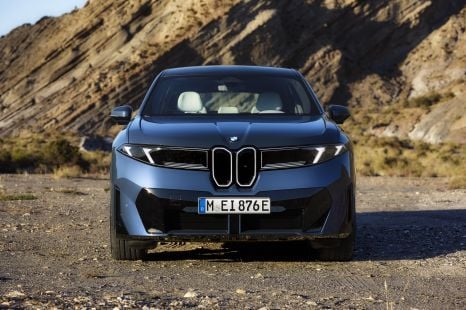

William Stopford
The CarExpert team's favourite reveals from the Munich motor show
5 Hours Ago

Contributor
Honda last year announced it was switching from a dealership model to an agency model for its new car sales.
This week, it’s confirmed the switch will happen on July 1, 2021 as planned.
The new model, also known as an agency model, represents a huge shift from tradition. Honda Australia managing director Stephen Collins told CarExpert the shift is “probably the biggest change” in the brand’s history Down Under.
Here’s what it means if you own a Honda, want to buy a Honda, or just want to know what’s happening at your local Honda dealership.

Under the current dealer sales model, Honda Australia head office orders cars from Honda head office in Japan (though most of its vehicles sold here are Thai-made) and sells them wholesale to individual dealers.
Each dealership is a franchise, and each owns its own stock. When you buy a Civic from a Honda dealer at the moment, you’re technically buying it from that dealer rather than from Honda Australia itself.
Dealers are able to negotiate with customers on price in search of a sale, and can compete with one another within the Honda network.
The change to an agency model will see Honda Australia own all of its stock.
Dealers will no longer be able to undercut each other on price – all cars will instead wear a non-negotiable price tag set by Honda Australia, and dealers will be rewarded for each sale by head office.
When the change is made, Honda sales staff won’t be judged based on their volume. Instead, the focus will be placed on customer service.
When it announced the shift to an agency model, Honda had 106 dealers in Australia.
At the time of writing, there are 101 dealers Down Under, but that footprint will drop to between 90 and 95 before July 1.
Not all of those locations will be conventional showrooms.
In metropolitan areas, Honda will adopt what it’s calling a hub-and-spoke model.
“The hubs are dealerships as you know them today,” Mr Collins told CarExpert.
“They are flagship dealerships with big showrooms and big workshops, and what you know today. The major difference in this model for us is the introduction of what we’re calling spokes.
“These are smaller, more accessible facilities, particularly metro. They may only be service, they may be a two or three car showroom with a workshop, they may be in a shopping centre, they may be in a high-density population area that we haven’t met before.
“So they may take many and varied forms. So they are really important in one; maintaining convenience for customers for sales and service; and secondly in sustainability, from our representatives.
“We’ll still have flagship dealerships, but the spokes are going to be a very important part of this whole model going forward,” Mr Collins explained.
Honda says 90 per cent of its rural dealers will remain, meaning customers in the country won’t see much change when they take their cars to get serviced.

Some Honda customers will have already seen their local dealer shut down.
In those cases, the brand says existing owners have been contacted with information about their nearest dealer or service centre.
Honda is also aware there’s a relationship between some long-running customers and their local dealers.
Nothing has been locked in, but it’s investigating a way to keep what it calls “Honda-to-Honda” buyers coming back in a world where prices are fixed and dealers play less of a role.

Fixed prices means just that… there’s no haggling, no negotiation with a dealer. What you see is what you get.
In Australia, Hyundai launched luxury brand Genesis with a fixed-price model, while Mercedes-Benz Australia is currently transitioning to a no-haggle setup.
Mr Collins says there are no price changes planned for July 1 when the new model kicks in, although Honda prices will continue to change with model updates and exchange rate fluctuations.
Honda’s boss acknowledges for some people “it’s in their DNA to haggle”, and says the new model “won’t appeal to them”.
But he also points to internal research that says “a very high degree of people are, if not open to it, very positive about it”.
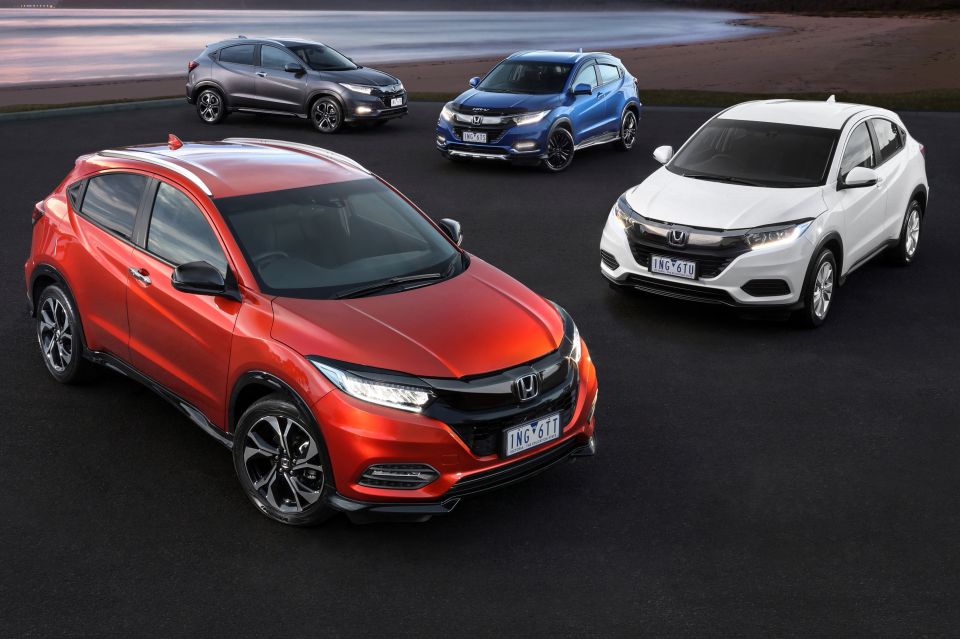
Honda sales have been declining gradually since the brand’s peak of more than 60,000 sales in 2007, when the core range was backed by flagship products like the MDX and Legend.
The move to an agency model is part of a plan to stop selling cars for the sake of volume, and instead focus on selling a lower number of more profitable, higher-spec cars.
The Australian car market is fiercely competitive, and Honda is fighting a tough crop of rivals.
Competition from its traditional rivals is as tough as ever, while a new band of Chinese brands is putting the squeeze on more established players with cheap prices, long warranties, and rapidly-improving products.
Clearly chasing volume in these conditions was seen as a road to nowhere by the Honda brass.
Honda Australia sold 51,525 cars in 2018, before deliveries dropped to 43,868 in 2019, and just 29,040 in Coronavirus-hit 2020.
Annual sales under the new model are expected to drop further, to 1650 cars per month – or just shy of 20,000 sales per year.
Honda says it’s on track to hit that volume goal by July 1, 2021.

Stephen Collins says the shift from a dealer model to an agency model is “categorically 100 per cent locally-driven by the Honda Australia board”.
“It’s not a top-down decision,” Mr Collins said.
That doesn’t mean Honda head office, along with some of the brand’s rivals, won’t be taking notes from afar though.
“There was clearly global interest in this, and I think that there are other brands, particularly in Europe, you’ve got talking about going down this track,” Mr Collins said.
“I think the decision was clearly ours, but there’s certainly interest in it. Whether it rolls out to other markets? I couldn’t tell you that.”
Controlling stock centrally and not allowing negotiation theoretically makes online sales easier, but following in the footsteps of Volkswagen (among others) with a comprehensive online sales tool isn’t part of Honda’s plan in the immediate future.
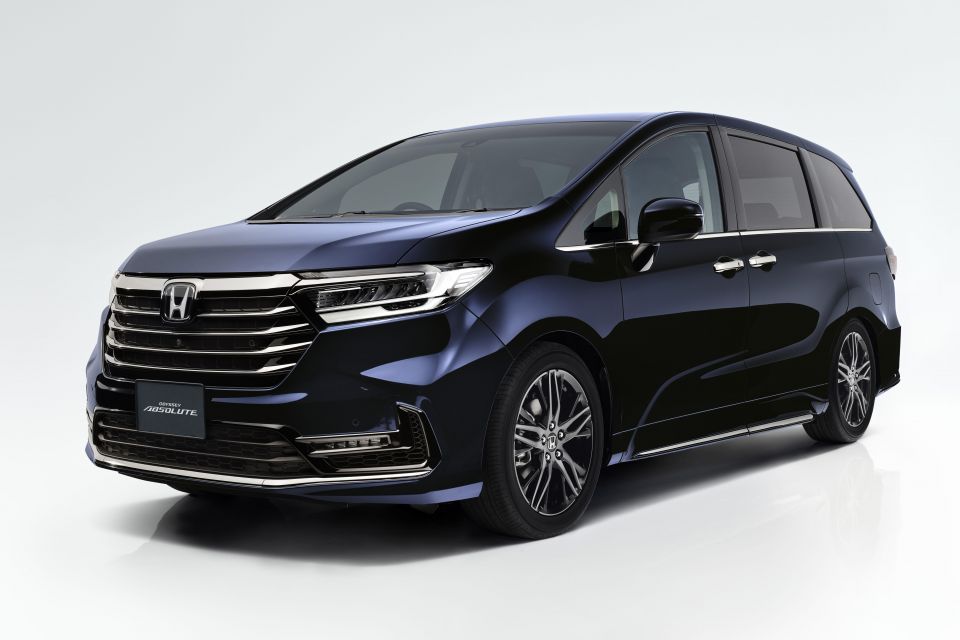
Honda will pare back its line-up of cars in Australia, and start focusing more on high-spec models.
The Jazz hatchback and Civic sedan will be axed, while the City sedan has already gotten the chop. The NSX supercar is also dead in Australia.
Driving the brand from mid-2021 onwards will be the CR-V and HR-V, along with the Civic hatchback.
A facelifted CR-V SUV touched down in 2020, and all-new versions of the HR-V and Civic have been revealed overseas. Local timing hasn’t been confirmed.
The Civic Type R, Odyssey, and Accord will also live on in supporting roles.
Honda has also committed to bringing a hybrid version of every all-new car bound for Australia.
As for flagship cars like the cute, city-sized Honda E hatchback? The door isn’t closed…
By Mike Costello and Scott Collie

Where expert car reviews meet expert car buying – CarExpert gives you trusted advice, personalised service and real savings on your next new car.
Scott Collie is an automotive journalist based in Melbourne, Australia. Scott studied journalism at RMIT University and, after a lifelong obsession with everything automotive, started covering the car industry shortly afterwards. He has a passion for travel, and is an avid Melbourne Demons supporter.


William Stopford
5 Hours Ago
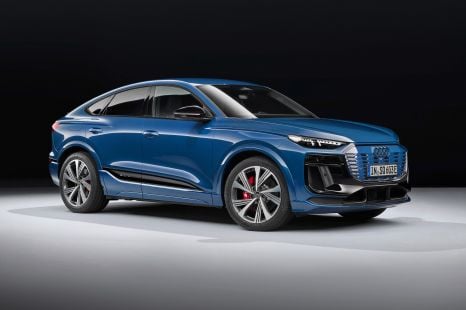

William Stopford
5 Hours Ago
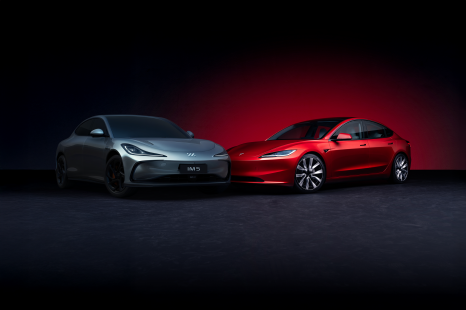

Andrew Maclean
6 Hours Ago


Derek Fung
6 Hours Ago
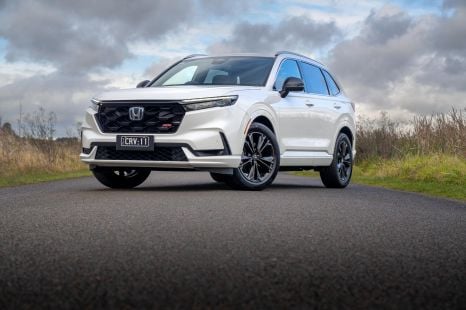

Andrew Maclean
6 Hours Ago
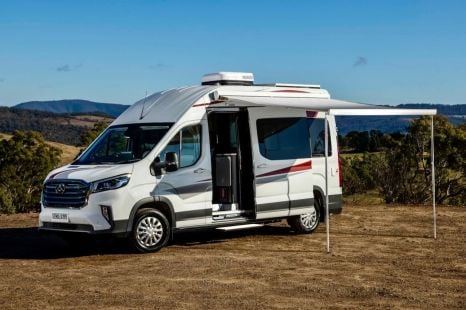

Ben Zachariah
1 Day Ago